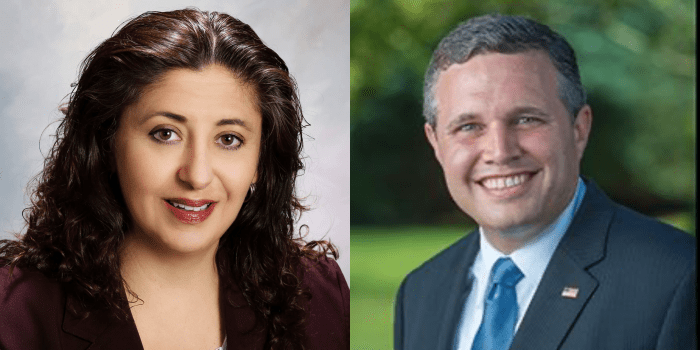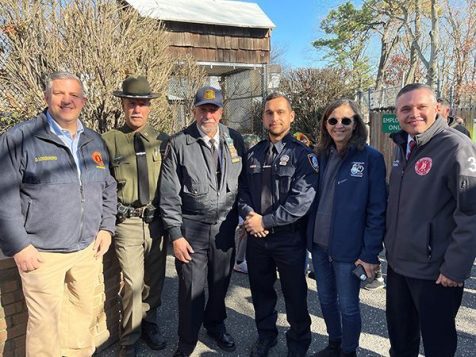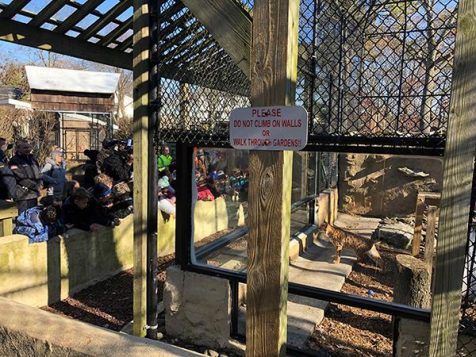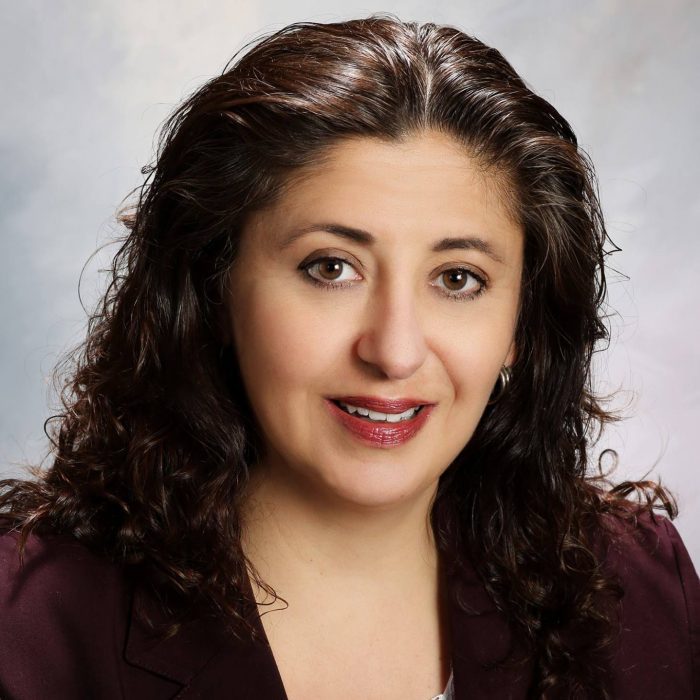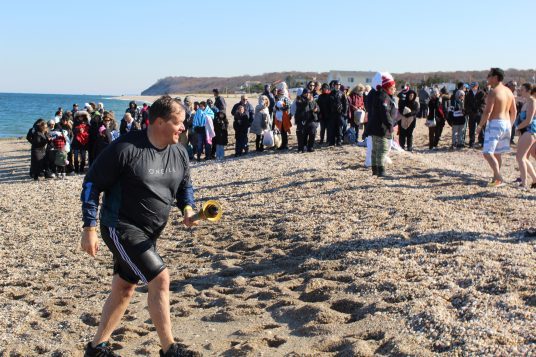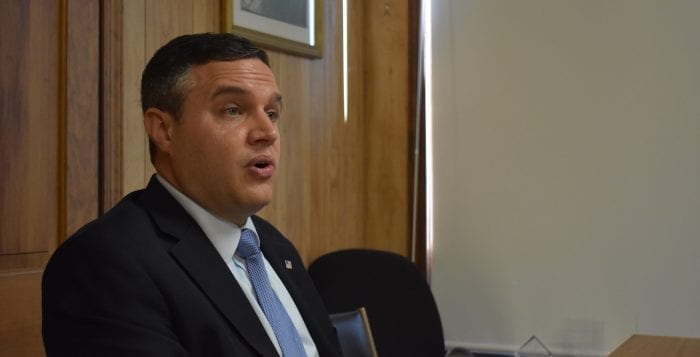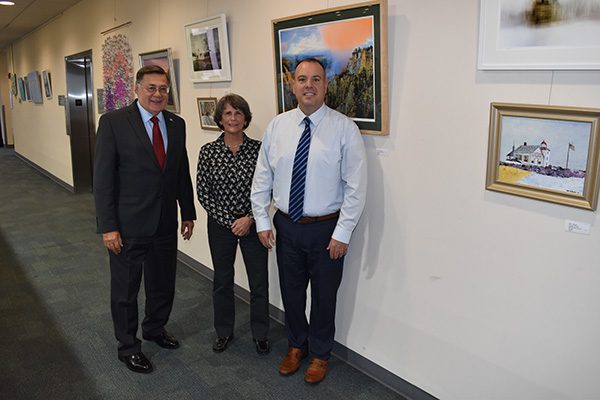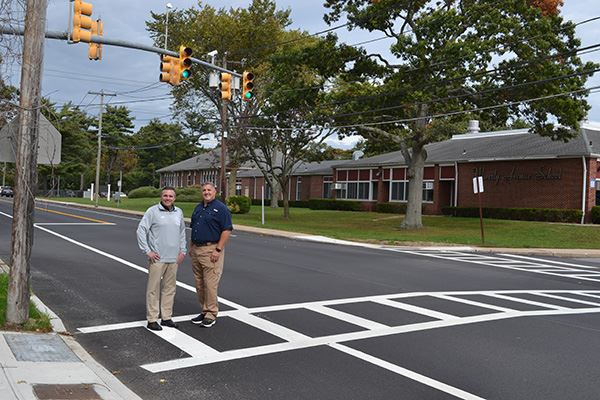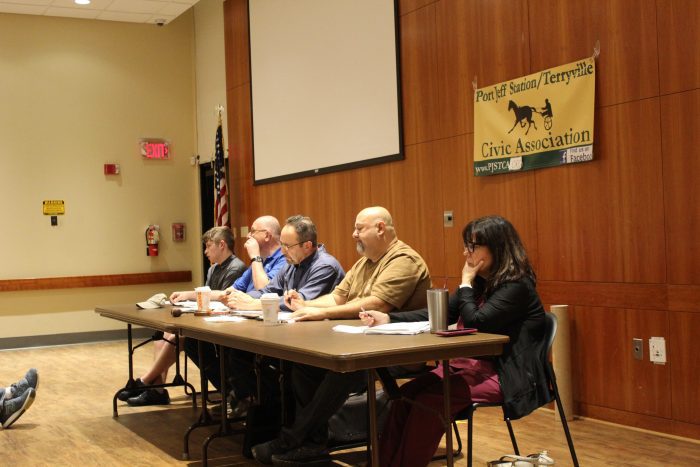In a race to fill former Brookhaven Town Clerk Donna Lent’s (I) seat, Town of Brookhaven Councilman Kevin LaValle (R-Selden) will square off against community advocate Lisa Di Santo, of East Patchogue.
Lent announced her retirement last month, vacating her seat and triggering a special election for her expired term ending in 2025. [See story, “Brookhaven’s town clerk retires from public service.“]
Both candidates were chosen unanimously by their respective parties during separate nominating conferences last week. In phone interviews with TBR News Media, the candidates discussed their professional backgrounds, reasons for pursuing the office of clerk and plans for the future.
Before entering elected office, LaValle, a lifelong Brookhaven resident, owned a title agency, assisting prospective homebuyers with vital records, such as liens, deeds and similar documents. He then transitioned into the mortgage business, where he still works today.
In 2013, LaValle campaigned successfully to represent Brookhaven’s 3rd Council District, an office he has held ever since.
“Why I’m making this run for town clerk, I think it’s [because] we see in the paper every day with what just happened with Suffolk County, the hack that happened,” he said. “You can see very clearly that that’s something we don’t want to happen in Brookhaven. Managing people’s personal records is critical to our county and our township.”
Di Santo is a 50-year resident of Brookhaven whose background is in community advocacy. Before running for office, she was a social studies teacher, served as vice president of the Bellport Area Community Action Committee, and for over a decade was a trustee on the South Country Central School District Board of Education.
In her interview, she emphasized the need for citizens to have a stake in their local government and connect to the democratic process.
“When looking at the way the town functions, the town clerk plays a very important role in the accessibility of good government, accountability of good government and the security that’s necessary in good government,” she said. “In all of those three areas, I currently see that the town fails miserably.”
The Democratic candidate added, “I’m running because I do believe wholeheartedly that the town clerk, especially now, needs to be an independent person and an independent voice to be certain that there is truly open government in Brookhaven Town.”
For LaValle, the protection of residents’ sensitive information is paramount. Like Di Santo’s proposal, he said he intends to promote efficiency and expand resident access to their records and to the office of clerk.
“We have to make sure records are secure, but we want to increase access,” the town councilman said. “We want to be able to have people with disabilities not have to come up to Town Hall to get handicap parking passes, and what have you.”
He added, “We have to increase our internet capabilities to be able to service residents’ needs without making them have to come to Town Hall. And certainly, we have to work to increase the transparency within the government.”
LaValle contends that town clerk is a technically demanding position to learn and to hold. However, he maintains that his professional training within the public and private sector have prepared him in unique ways for the demands of the office.
“I believe that I have the ability and the experience to be able to do this job effectively, managing an over-30-person staff, and making sure residents are taken care of as we move forward,” he said.
On the whole, Di Santo viewed Brookhaven as failing in its obligations to promote open government. She cited the Freedom of Information Law request process as needing reform.
“You’d be hard to find an individual who has taken the time to participate in Brookhaven Town government who would tell you that the FOIL process is one of accessibility and accountability, and there’s a serious problem there,” she said. “If a citizen, a taxpayer, can’t access information, then how can the government represent those people?”
Di Santo said her campaign rests on the notion that quality governance requires informed and engaged citizenship. Given her advocacy background, she considered herself uniquely suited to this task.
If elected, Di Santo said she intends to begin by reforming the scheduling of open meetings to bolster public participation.
“When government continues to schedule meetings that are inaccessible to people, they’re sending a message that they do not want to have a democracy,” she said. “You can’t have a democracy without the participation of the people.”
Brookhaven residents will get the final word on these two candidates during a townwide special election on Tuesday, Jan. 17.

